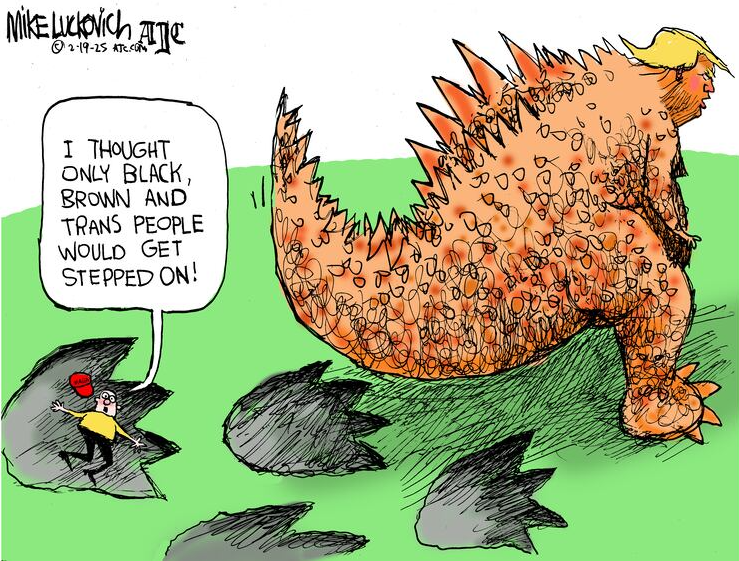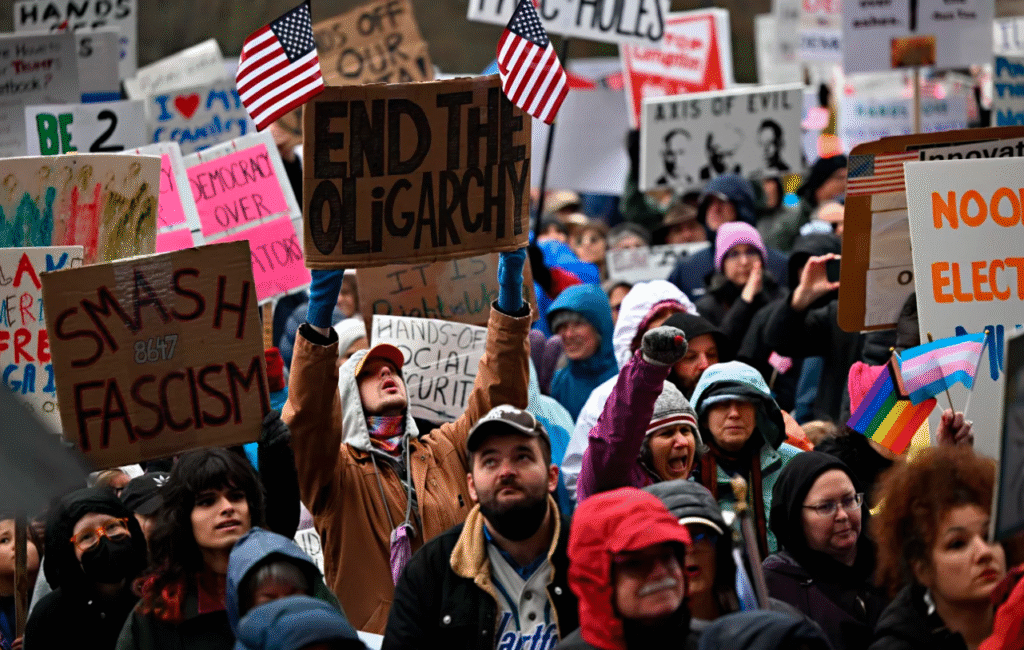Museums and the Politics of Display
Museums shape history as much by what they show as by what they choose to hide. Behind every exhibit lies a series of decisions, what to include, how to present it, and what to leave out; each influenced by factors such as funding, institutional priorities, political pressures, and cultural values. These choices determine which stories are highlighted, whose voices are heard, and which narratives are silenced or ignored. As a result, museums do not merely preserve the past; they actively participate in shaping public memory and cultural identity.
Portraits as Tools of Mythmaking
Portraits like Samuel Lovett Waldo’s painting of Andrew Jackson don’t just document, they mythologize. They turn deeply violent, exclusionary figures into sanitized national heroes. Without critical context, such works romanticize colonialism, white nationalism, and systemic oppression.

White Nationalism
Anderson, Nick. White Nationalism published on March 18, 2019. The Washington Post, 18 Mar. 2019, 5:00 PM PDT.
Donor Power and Institutional Complicity
The Met relies on the patronage of billionaires with controversial legacies. Donors like Leon Black (tied to Jeffrey Epstein), Aby Rosen (embroiled in legal disputes), David Koch (anti-environmental policies), Jeff Bezos (labor exploitation), and Donald Trump (nationalist politics) don’t just fund the museum; they shape what is preserved, erased, and celebrated. When museums stay silent about their donors and subjects, they aren’t neutral; they actively endorse systems of power and erasure.
The Politics of Erasure and Preservation
When museums glorify figures like Jackson without acknowledging their violent legacies, they help erase the suffering of marginalized groups. This selective memory allows ongoing systems of oppression to flourish under the guise of heritage and patriotism.

Careless Monster
Luckovich, Mike. Careless Monster. The Atlanta Journal-Constitution, 18 Feb. 2025, Opinion section.
Resistance Through Reclamation
Acts of protest challenge the sanitized histories that museums present. They demand accountability, question the legitimacy of dominant narratives, and create space for new, more inclusive histories to emerge.
